We have just spent a couple of days in Uruguay, that small country tucked in between Argentina and Brazil. The history is complex, as with so many South American countries. For example, there were both Spanish and Portuguese conquerors, and while Uruguay has a relatively small population of indigenous people (mostly Charrúa descendants) the vast majority were killed in the 19th century. But the modern result is different in some respects than other countries – Uruguay today is home to many immigrants from all over the place, and is fiercely protective of individual rights. The economy is strong (by South American standards) and the fútbol team is impressive.
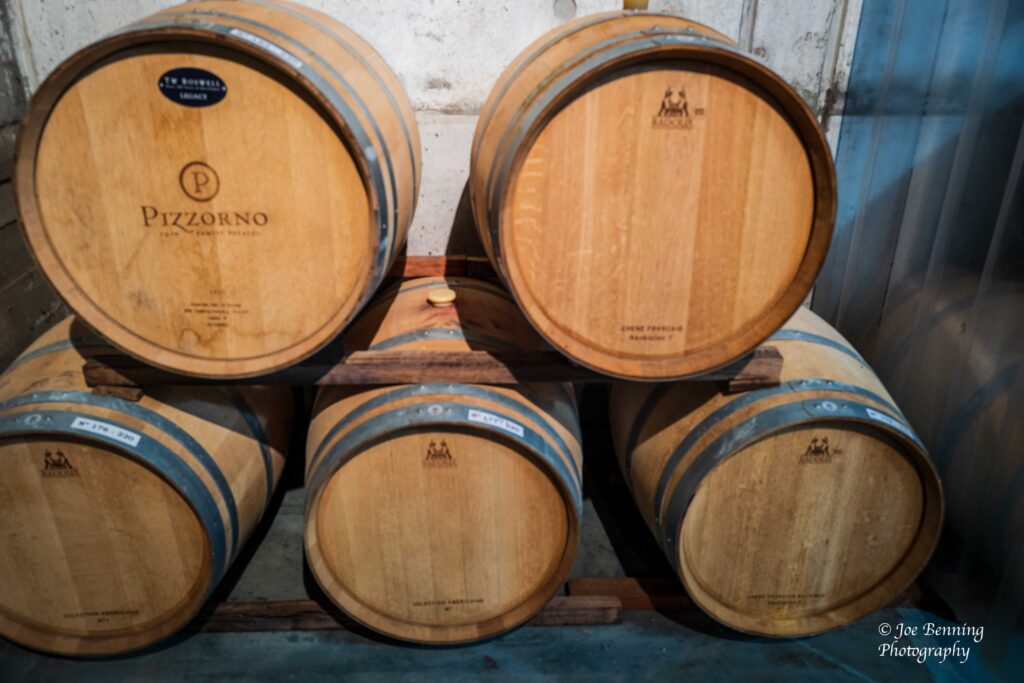
Blessed with mild weather, good rain and rolling hills of grass, Uruguay grows lots of cattle and sheep, to say nothing of wine. Cattle outnumber people by at least 3 to 1, and a lot of cattle are exported live, while others are slaughtered in-country and then exported. Big business.
We visited the Pizzorno winery (which for some reason has a 1951 Plymouth parked outside), and participated in a cooking class. We made (empanadas those little pastries filled with virtually anything) and alfojadas (butter cookies stuffed with dulce de leche). Very delicious, especially the red wine from Tannat grapes.
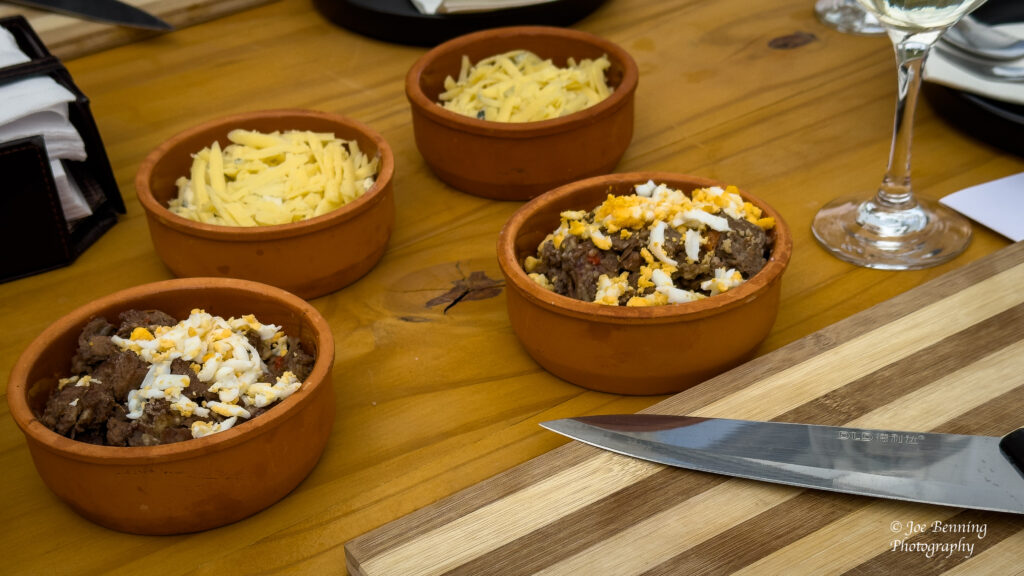
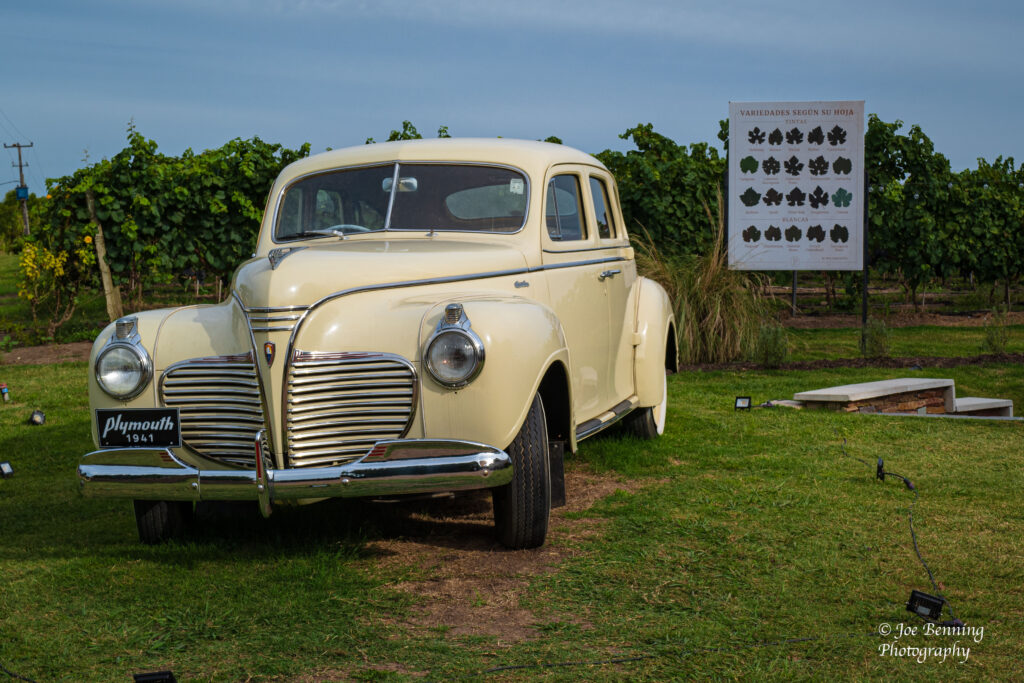
We also spent some time exploring the city of Montevideo, which has a charming old town center, and several synagogues. There is a small but dedicated Jewish population in Uruguay, reflecting various sects of Jews who emigrated from many parts of the world.
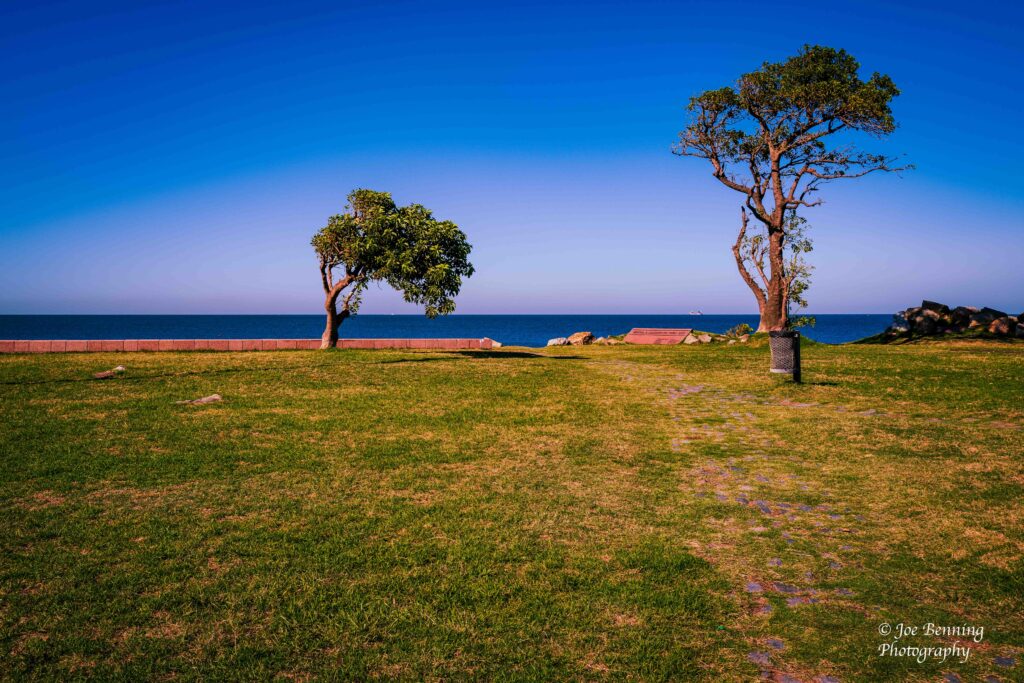
A very simple, symbolic wall has been constructed along the River Plate in Montevideo – the wall represents the Jewish people, with a break in the wall to commemorate the holocaust, 12 steps alongside to symbolize the 12 tribes, a ramp that expresses hope, large rocks that are symbols of difficulty to be overcome, and other symbols of faith.
Uruguay (along with Argentina) has a reputation for great steaks, so we went to a restaurant named El Palanque for —what else—steaks and had a very nice time. Uruguay also seems to be a popular vacation spot for Argentines as well as others, and we can see why.
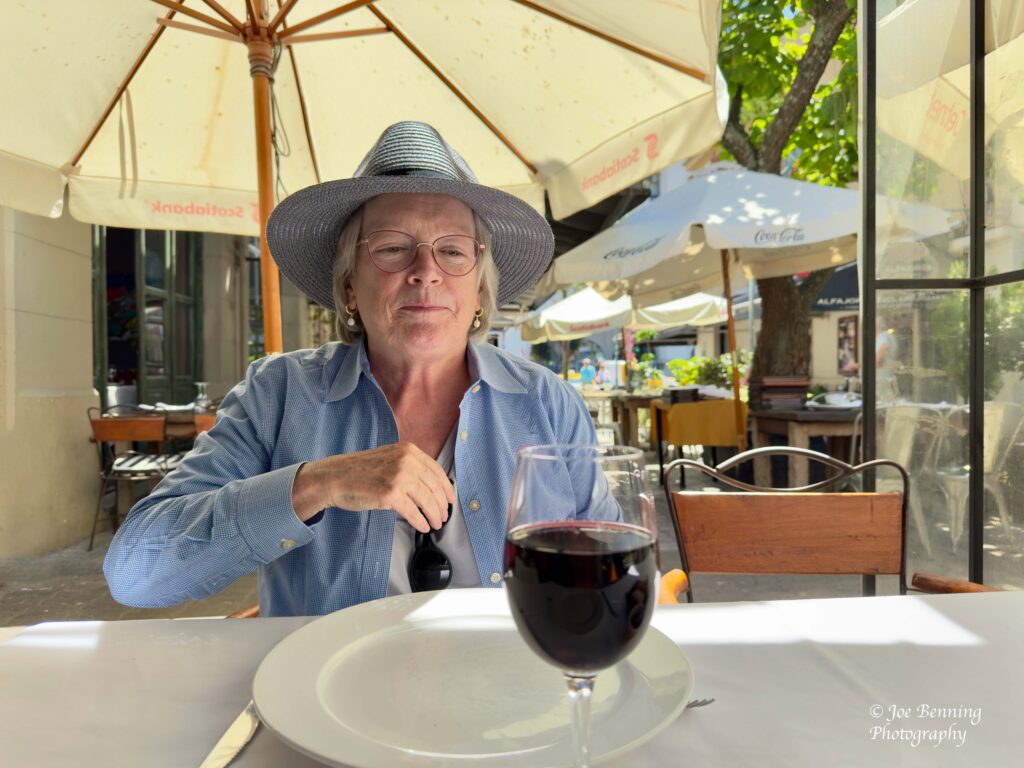
Tomorrow we go to Buenos Aires for a few days. Looking forward to more interesting history and a beautiful city!
Joe and MA

Looks like you guys are having a fabulous trip. Enjoy the next part of your journey.
Barb